How to Buoy an Anchor
An anchor buoy is the common term for a trip line.http://cruising.coastalboating.net/Seamanship/Anchoring/TripLines.html Anchors can be expensive, but you can save yourself this cost with a homemade trip line. If you already have one,...
Method 1 of 3:
Deploying and Retrieving a Trip Line
-
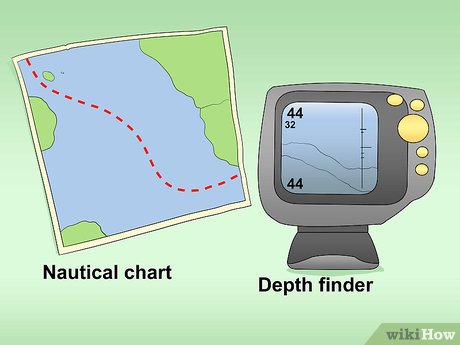 Determine the length of your trip line. Use a nautical chart, a depth finder, or another suitable instrument to find the water's depth at high tide. The length of your trip line needs to be at least equal to this depth.
Determine the length of your trip line. Use a nautical chart, a depth finder, or another suitable instrument to find the water's depth at high tide. The length of your trip line needs to be at least equal to this depth.- You never know when you'll get tall waves because of rough conditions. Account for this by adding about 3 ft (.91 m) to your minimum length for the line.[2]
- Avoid allowing too much extra line in the water, as this can make it more likely to foul. Extra slack can be wrapped around the buoy's bottom.
- If you plan on being buoyed at this location for a long period of time, make sure your trip line is a little longer than the highest tide (of all the high tides) during your anchorage.[3]
-
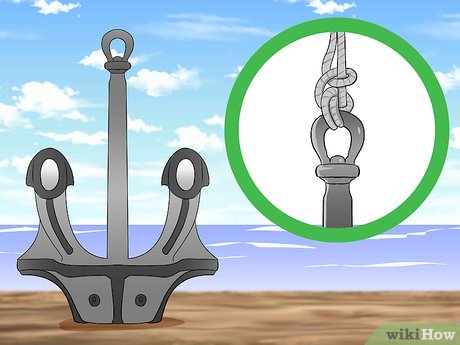 Fasten the trip line to the anchor. The cord of your trip line needs to be firmly attached to the crown of the anchor. Most anchors will have at least a hole in the fluke or a designated tie-on spot for trip lines.
Fasten the trip line to the anchor. The cord of your trip line needs to be firmly attached to the crown of the anchor. Most anchors will have at least a hole in the fluke or a designated tie-on spot for trip lines.- If the hole on your anchor for your trip line is rough, you'll need a shackle so the line doesn't chafe and break.[4]
- If your buoy is not already attached, use a firm knot, like a large eye splice, to fasten it to the anchor-opposite end of the rope.
-
 Spool out the trip line to prevent snags and tangles. Gather the cord of the trip line in a coil so it's easier to manage. If necessary, pass the coil under and over the pulpit or rail to prevent it from snagging there. Separate the coil in half and set down the half farther away from the float.[5]
Spool out the trip line to prevent snags and tangles. Gather the cord of the trip line in a coil so it's easier to manage. If necessary, pass the coil under and over the pulpit or rail to prevent it from snagging there. Separate the coil in half and set down the half farther away from the float.[5] -
 Deploy the trip line. Approach your anchorage point carefully. While keeping ahold of the half of the coil closest to the float, toss the float overboard to the anchorage point. Release the line as you do, so it completely streams into the water.[6]
Deploy the trip line. Approach your anchorage point carefully. While keeping ahold of the half of the coil closest to the float, toss the float overboard to the anchorage point. Release the line as you do, so it completely streams into the water.[6] -
 Follow the trip line with the anchor. Take care during this process to avoid getting the trip line and anchor tangled. Lower the anchor as you would normally.[7] Make sure to deploy the trip line before dropping anchor, as this will decrease the chances of tangling.[8]
Follow the trip line with the anchor. Take care during this process to avoid getting the trip line and anchor tangled. Lower the anchor as you would normally.[7] Make sure to deploy the trip line before dropping anchor, as this will decrease the chances of tangling.[8] -
 Retrieve the trip line and anchor. Approach the anchor point with your boat. Snag and retrieve the buoy of your trip line with a boat hook. Retrieve the anchor as per usual – you'll only need to use the trip line if the anchor is stuck.[9]
Retrieve the trip line and anchor. Approach the anchor point with your boat. Snag and retrieve the buoy of your trip line with a boat hook. Retrieve the anchor as per usual – you'll only need to use the trip line if the anchor is stuck.[9]- If your anchor doesn't budge, it's time to put your trip line to work. In many cases, simply pulling up on the trip line will capsize the anchor and free it.[10]
- Most anchors resist a single direction of travel. By adding slack to the anchor line or by pulling in the direction opposite anchor's resisted direction, you may pop stuck anchors free.[11]
-
 Maintain and stow your trip line. Once the anchor's on board, it's time to remove the trip line from the crown. After using your trip line, you should rinse it well in clean water. Allow the wet line to air dry completely, then return it where it belongs in the anchor locker.[12]
Maintain and stow your trip line. Once the anchor's on board, it's time to remove the trip line from the crown. After using your trip line, you should rinse it well in clean water. Allow the wet line to air dry completely, then return it where it belongs in the anchor locker.[12]
Method 2 of 3:
Making a Simple Trip Line
-
 Purchase or make a buoy. Even a cheap Styrofoam buoy from your local hardware store should work for a trip line anchor buoy. Serious boaters or those who frequent deep waters might benefit from sturdier buoys purchased from boat supply stores.
Purchase or make a buoy. Even a cheap Styrofoam buoy from your local hardware store should work for a trip line anchor buoy. Serious boaters or those who frequent deep waters might benefit from sturdier buoys purchased from boat supply stores.- Make an upcycled buoy from a clean plastic jug. You can even paint the jug a bright color to make it easier to spot in the water.[13]
-
 Cut polypropylene cord for the buoy. Not only will polypropylene line withstand harsh conditions better than most other kinds of cordage, it also floats. The length of your trip line should be about 3 ft (.91 m) longer than the highest tide in your sailing area.
Cut polypropylene cord for the buoy. Not only will polypropylene line withstand harsh conditions better than most other kinds of cordage, it also floats. The length of your trip line should be about 3 ft (.91 m) longer than the highest tide in your sailing area.- Choose a bright color of polypropylene cord so you can spot your trip line better in unfavorable conditions.[14]
- After cutting the rope, prevent it from fraying at the cut end with glue or by passing a the flame of a lighter over the cut end to melt it.
-
 Attach the buoy to the line with a large eye splice. Large is the key word here. A large eye splice will make snagging your buoy a cinch with a boat hook. If you decide to use another kind of knot, make sure it's sturdy. Your trip line won't do you much good if the buoy floats away.[15]
Attach the buoy to the line with a large eye splice. Large is the key word here. A large eye splice will make snagging your buoy a cinch with a boat hook. If you decide to use another kind of knot, make sure it's sturdy. Your trip line won't do you much good if the buoy floats away.[15]
Method 3 of 3:
Using Trip Lines Safely
-
 Write a label on your buoy. Especially in crowded conditions, boaters desperate for moorage might take liberties with unmarked buoys. Send a clear message that your buoy is currently in use by writing 'Trip line, don't pick up' in large letters, along with your boat's name.
Write a label on your buoy. Especially in crowded conditions, boaters desperate for moorage might take liberties with unmarked buoys. Send a clear message that your buoy is currently in use by writing 'Trip line, don't pick up' in large letters, along with your boat's name. -
 Avoid using trip lines overnight. In the dark, even the most colorful trip lines can be missed. This can tangle in a fellow boaters' propellers, causing trouble for you both. Especially if there's night traffic on the water, you may want to forego a trip line for overnight anchorages.[16]
Avoid using trip lines overnight. In the dark, even the most colorful trip lines can be missed. This can tangle in a fellow boaters' propellers, causing trouble for you both. Especially if there's night traffic on the water, you may want to forego a trip line for overnight anchorages.[16] -
 Prevent boats from damaging your anchor with a trip line. Crowded harbors can be difficult places to maneuver. This can sometimes cause other boats to pass uncomfortably close to your anchor and its line. Improve visibility of your anchorage point for other boats with a trip line.[17]
Prevent boats from damaging your anchor with a trip line. Crowded harbors can be difficult places to maneuver. This can sometimes cause other boats to pass uncomfortably close to your anchor and its line. Improve visibility of your anchorage point for other boats with a trip line.[17] -
 Use a trip line when anchoring in areas with a poor bottom. Broken rock or large pieces of coral can trap your anchor stubbornly in cracks and crevices. If you've had your anchor stuck before in the area you're now anchoring, or if you're worried it might get stuck, deploy a trip line.[18]
Use a trip line when anchoring in areas with a poor bottom. Broken rock or large pieces of coral can trap your anchor stubbornly in cracks and crevices. If you've had your anchor stuck before in the area you're now anchoring, or if you're worried it might get stuck, deploy a trip line.[18]
4.5 ★ | 2 Vote
You should read it
- What is Anchor Text and how to optimize them?
- How to Anchor a Boat
- 4 ways to build non-Anchor text links in SEO
- 4 reasons why the anchor text failed
- [Review] Is Vali Trip good? Where to buy genuine suitcase Trip?
- How to Save Money at Amusement Parks
- Some tricks or LINE users should know
- How to Create a signature for Gmail and insert photos, links, Anchor Text into Gmail signatures
- How to add or delete friends on LINE?
- 2 simple ways to create a Line account on your phone
- Because of the Covid-19 epidemic, more than 100 scientists were trapped on icebreakers between the Arctic Ocean
- How to log out of Line account on Android?
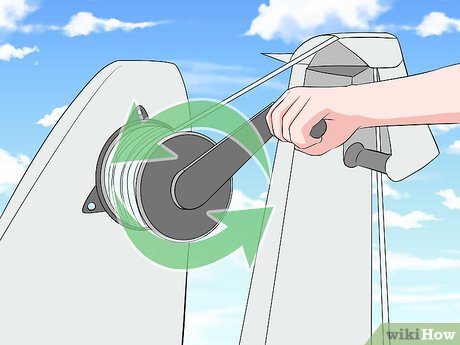
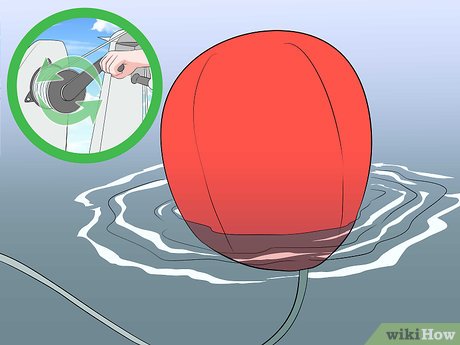
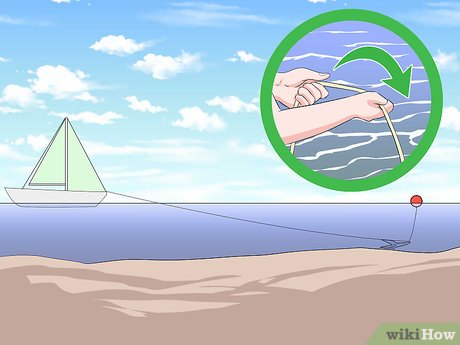
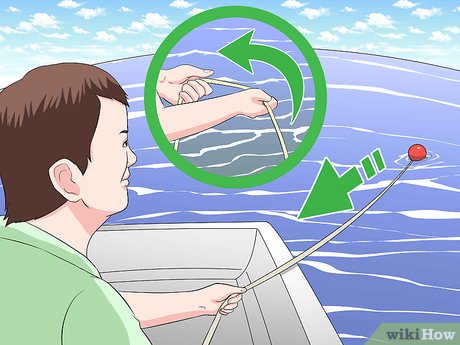
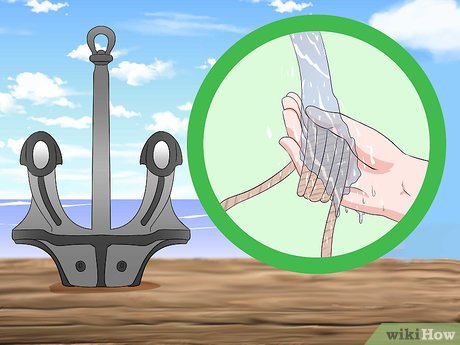
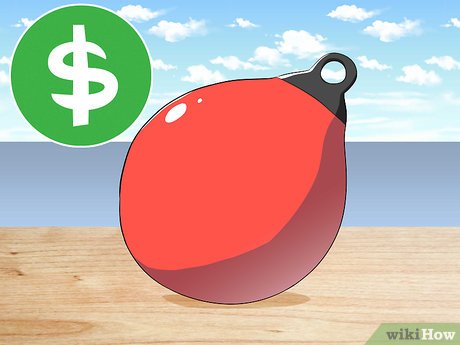
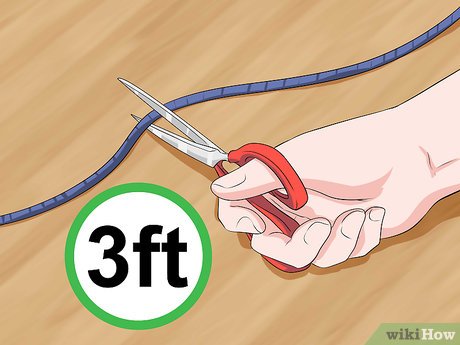
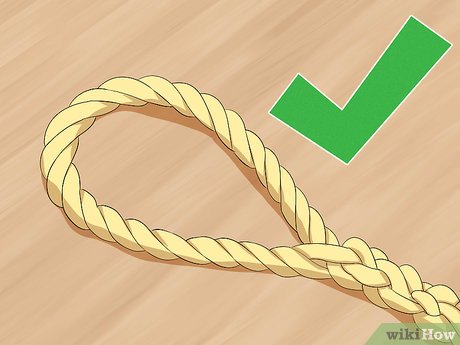
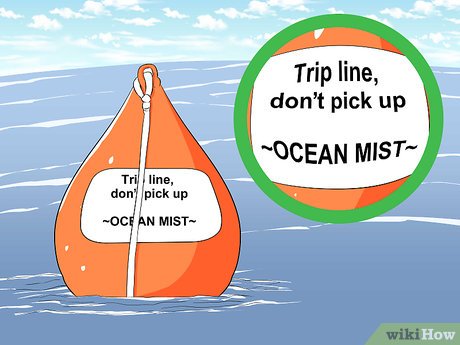
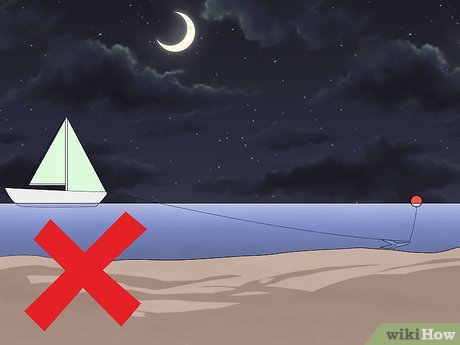
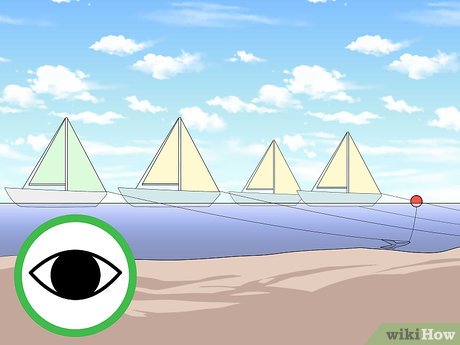
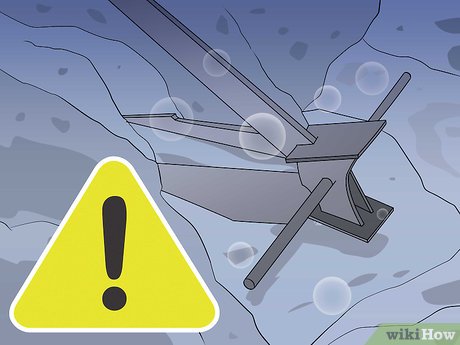






 What is Anchor Text and how to optimize them?
What is Anchor Text and how to optimize them? 4 ways to build non-Anchor text links in SEO
4 ways to build non-Anchor text links in SEO 4 reasons why the anchor text failed
4 reasons why the anchor text failed How to Anchor a Boat
How to Anchor a Boat How to Create a signature for Gmail and insert photos, links, Anchor Text into Gmail signatures
How to Create a signature for Gmail and insert photos, links, Anchor Text into Gmail signatures 10 types of emails that cause 'inhibition' should be removed immediately
10 types of emails that cause 'inhibition' should be removed immediately